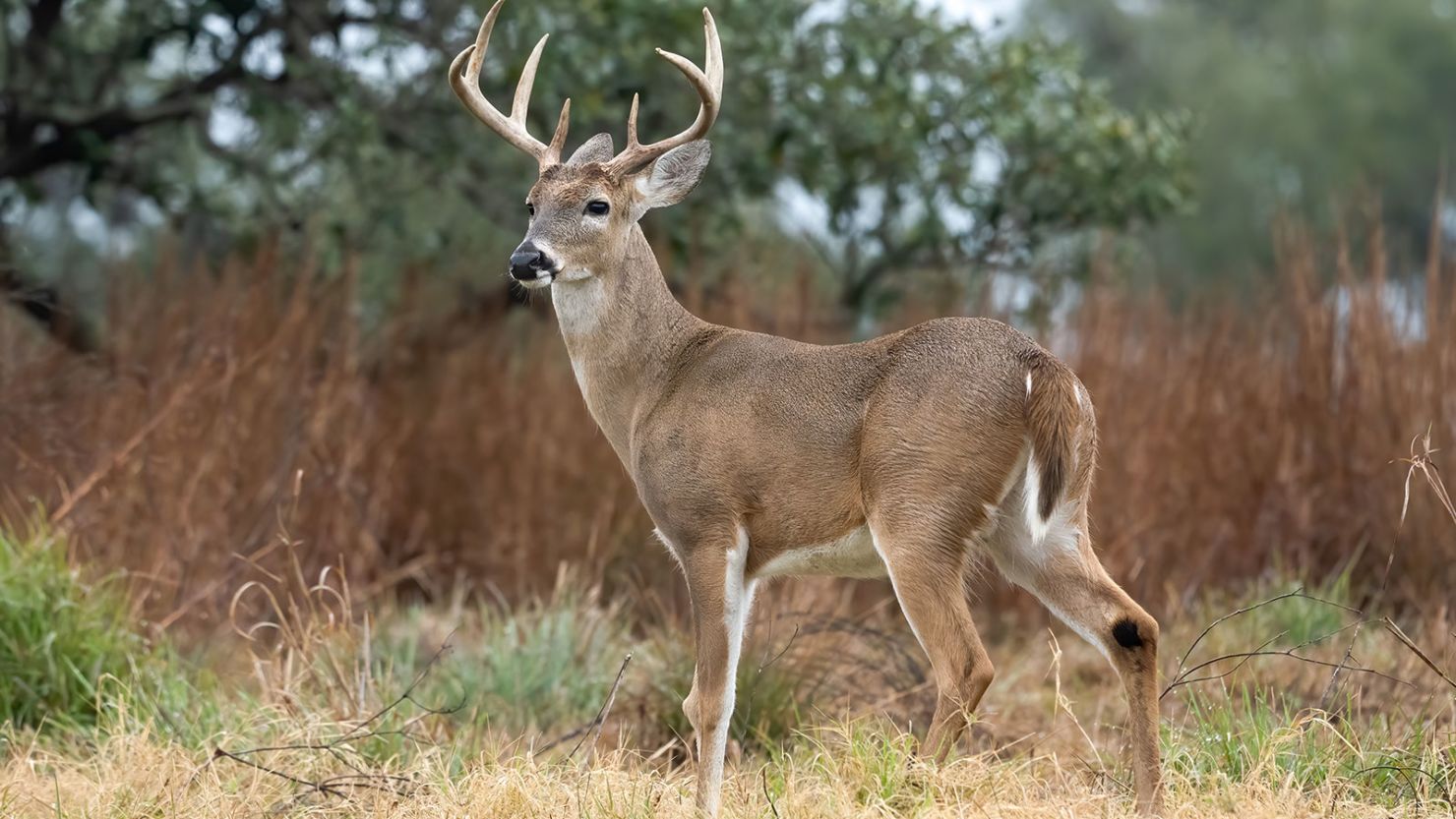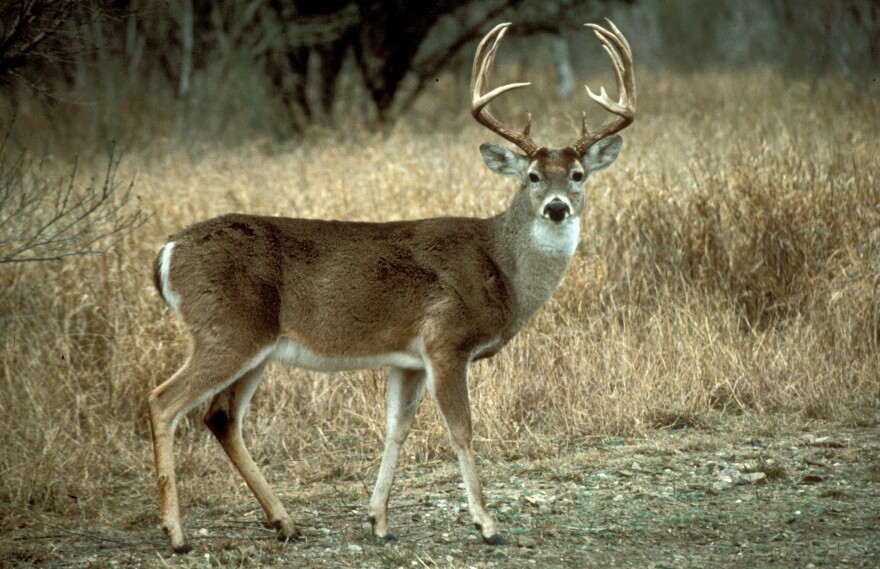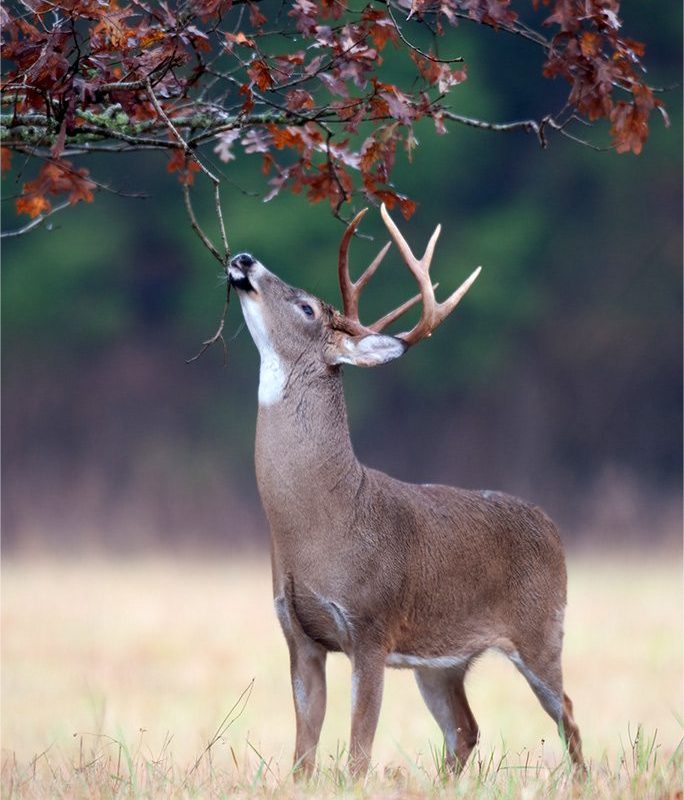Deer: Guardians of the Forests, Symbols of Grace, and Challenges of Conservation
Introduction:
Deer, with their graceful appearance and gentle demeanor, hold a special place in ecosystems around the world. From the majestic red deer of Europe to the elusive white-tailed deer of North America, these iconic mammals play a vital role in maintaining the health and balance of forests and grasslands. In this article, we delve into the world of deer, exploring their ecological significance, cultural symbolism, and the challenges they face in a changing environment.
Ecological Importance:
Deer are keystone species in many ecosystems, meaning they have a disproportionately large impact on the structure and function of their habitat relative to their abundance. As herbivores, deer play a crucial role in shaping plant communities through browsing and grazing. By consuming vegetation, deer help to regulate plant populations, maintain habitat diversity, and create conditions for the growth of new vegetation.
Furthermore, deer are important prey species for predators such as wolves, mountain lions, and bears. Their presence in ecosystems provides food and sustenance for carnivores, helping to support healthy predator populations. In this way, deer contribute to the complex web of interactions that characterize healthy and functioning ecosystems.
Cultural Symbolism:
Deer have long been revered in cultures around the world as symbols of grace, beauty, and spirituality. In many indigenous cultures, deer are revered as sacred animals and spiritual guides, embodying qualities such as strength, agility, and adaptability. Deer feature prominently in myths, legends, and folklore, often representing themes of renewal, rebirth, and the cycles of nature.
In Western culture, deer are often associated with concepts of wilderness, freedom, and the untamed beauty of nature. They are featured in art, literature, and popular culture as symbols of the natural world and the human connection to the wild. Deer hunting is also a popular recreational activity in many parts of the world, with millions of people participating in the tradition each year.
Conservation Challenges:
Despite their cultural significance and ecological importance, deer face numerous threats to their survival in the modern world. Habitat loss and fragmentation due to urbanization, agriculture, and infrastructure development are among the greatest threats to deer populations. As human populations continue to expand and encroach upon deer habitat, the availability of suitable habitat for deer becomes increasingly limited.
Furthermore, climate change poses a significant threat to deer populations, altering the distribution and abundance of food and water sources, disrupting migration patterns, and increasing the frequency and severity of extreme weather events. Changes in temperature and precipitation can also affect deer reproduction, survival, and overall fitness, leading to population declines in some regions.
Illegal poaching and hunting are also significant threats to deer populations, particularly in areas where hunting regulations are poorly enforced or where deer are valued for their meat, antlers, or other body parts. In addition to direct threats, deer are also vulnerable to indirect impacts such as disease, predation, and competition with invasive species.
Conservation Efforts:
Despite the challenges they face, deer have been the focus of extensive conservation efforts aimed at protecting their habitat, ensuring their survival, and promoting their recovery. Conservation organizations, government agencies, and local communities work together to implement measures such as habitat restoration, population monitoring, and public education to support deer conservation.
One of the most effective conservation strategies for deer is the establishment of protected areas and wildlife corridors that connect fragmented habitats and allow deer to move freely between different areas. By protecting and restoring natural habitats, conservationists can help to ensure that deer populations have access to the resources they need to thrive.
Furthermore, sustainable management practices, such as regulated hunting and culling programs, can help to control deer populations and reduce conflicts with humans while supporting healthy ecosystem functioning. These programs are carefully designed to balance the needs of deer populations with the needs of other species and the interests of local communities.
Looking Ahead:
As we look to the future, the conservation of deer remains a priority for wildlife conservationists, policymakers, and environmentalists worldwide. Efforts to protect deer habitat, mitigate the impacts of climate change, and address human-wildlife conflicts will be essential for ensuring the long-term survival of deer populations in the wild.
Furthermore, raising awareness about the importance of deer conservation and engaging local communities in conservation efforts will be critical for fostering support and cooperation for deer conservation initiatives. By working together to protect deer habitat, conserve biodiversity, and address the root causes of habitat loss and degradation, we can ensure that deer continue to thrive in their natural habitat for generations to come.
In conclusion, deer are more than just graceful creatures of the forest—they are guardians of biodiversity, symbols of cultural significance, and indicators of ecosystem health. By protecting deer populations and their habitat, we are not only preserving a vital part of our natural heritage but also ensuring the health and resilience of entire ecosystems and the countless other species that depend on them.
- Public Awareness and Education: Educating the public about the importance of deer conservation is crucial for garnering support and fostering a sense of responsibility towards these magnificent creatures. Outreach programs, educational campaigns, and public events can help raise awareness about the ecological significance of deer, the threats they face, and the importance of conserving their habitat. By empowering people with knowledge and information, we can inspire individuals to take action to protect deer and their ecosystems.
- Community-Based Conservation Initiatives
 : Engaging local communities in deer conservation efforts is essential for the success of conservation initiatives. Community-based approaches that involve local stakeholders in decision-making processes, such as habitat restoration projects, sustainable land management practices, and wildlife monitoring programs, can help build partnerships and foster stewardship of natural resources. By involving communities in conservation efforts, we can create a sense of ownership and responsibility for the protection of deer and their habitats.
: Engaging local communities in deer conservation efforts is essential for the success of conservation initiatives. Community-based approaches that involve local stakeholders in decision-making processes, such as habitat restoration projects, sustainable land management practices, and wildlife monitoring programs, can help build partnerships and foster stewardship of natural resources. By involving communities in conservation efforts, we can create a sense of ownership and responsibility for the protection of deer and their habitats. - Scientific Research and Monitoring: Continued scientific research and monitoring are essential for understanding deer populations, their behavior, and their ecological interactions. Researchers use techniques such as GPS tracking, camera traps, and population surveys to study deer populations, monitor their movements, and assess the health of their habitat. This data is used to inform conservation strategies, identify emerging threats, and evaluate the effectiveness of conservation interventions.
- Policy and Advocacy: Strong policy measures and advocacy efforts are needed to address the root causes of deer decline and promote their conservation. Advocacy organizations, conservation groups, and concerned citizens can work together to advocate for policies and regulations that protect deer and their habitat, such as habitat conservation plans, hunting regulations, and land use policies. By influencing decision-makers and advocating for change, we can create a supportive policy environment for deer conservation.
- International Collaboration:
 Deer conservation is a global issue that requires collaboration and cooperation among countries, organizations, and individuals worldwide. International collaborations, such as the Convention on Biological Diversity (CBD) and the International Union for Conservation of Nature (IUCN), provide forums for sharing knowledge, exchanging best practices, and coordinating conservation efforts. By working together across borders and disciplines, we can enhance our collective capacity to protect deer and their habitats on a global scale.
Deer conservation is a global issue that requires collaboration and cooperation among countries, organizations, and individuals worldwide. International collaborations, such as the Convention on Biological Diversity (CBD) and the International Union for Conservation of Nature (IUCN), provide forums for sharing knowledge, exchanging best practices, and coordinating conservation efforts. By working together across borders and disciplines, we can enhance our collective capacity to protect deer and their habitats on a global scale.
In conclusion, the conservation of deer is a complex and multifaceted challenge that requires a comprehensive and integrated approach. By implementing strategies such as habitat protection, community engagement, scientific research, policy advocacy, and international collaboration, we can ensure the long-term survival of deer populations and the conservation of their vital ecosystems. Deer are not only emblematic of the natural world's beauty and diversity but also serve as important indicators of ecosystem health and resilience. By protecting deer and their habitats, we are not only safeguarding a cherished part of our natural heritage but also ensuring a healthier and more sustainable future for generations to come.









































